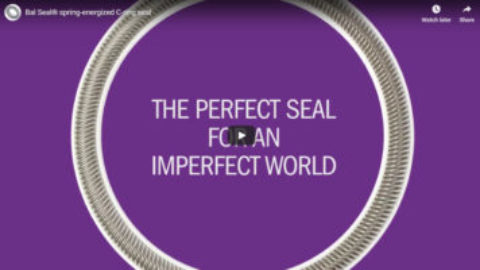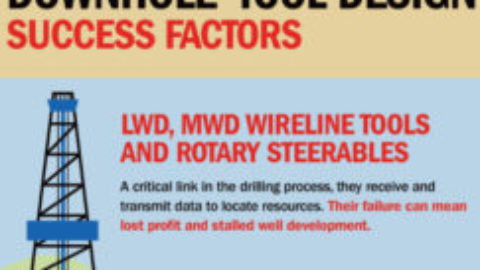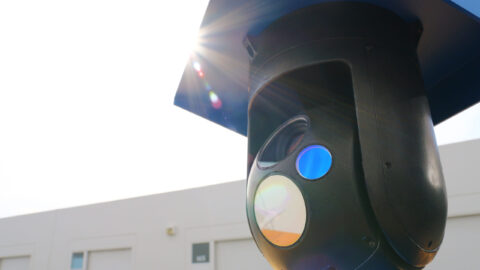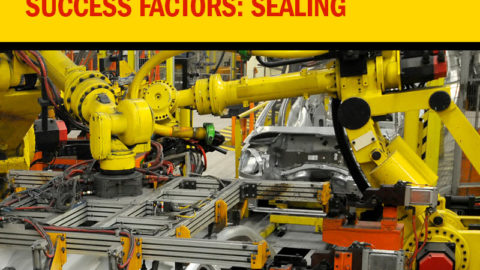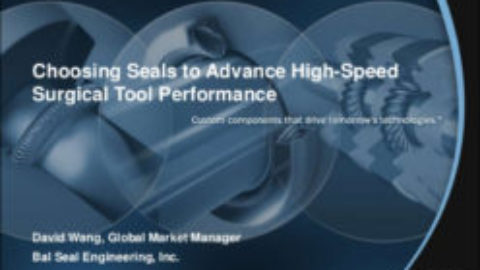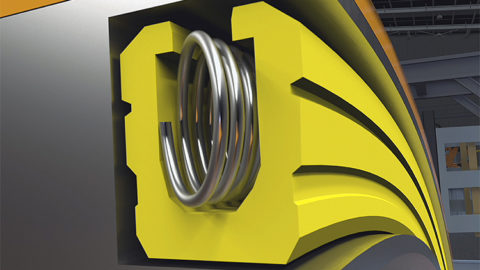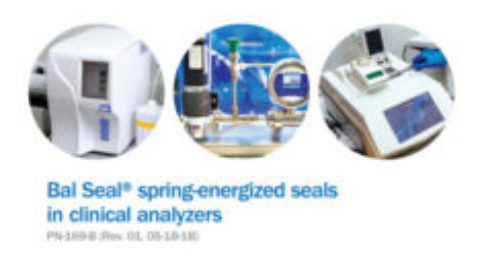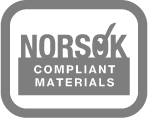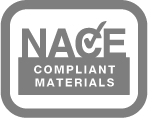In valves used to manage cryogenic LNG, typical seals can shrink and extrude. This can lead to costly, and often catastrophic leakage. In the podcast episode below, we’ll explore common complications in cryogenic applications and how to optimize your cryogenic seal design.
Cryogenic Sealing Challenges
One of the greatest obstacles to effective cryogenic sealing is extremely low temperatures. In any system used to move or store hydrogen, helium, nitrogen, oxygen, LNG, and other gases, temperatures can plummet to well below -200C.
Low temperatures can alter the size and shape of the seal. Additionally, the molecules that make up most cryogenic media are among the smallest you’ll find.
If not accounted for, both of these factors can result in costly leaking. Therefore, it’s critical to consider materials and designs very carefully.
Cryogenic Seal Design Recommendations
To optimize the performance of your cryogenic seal, we recommend taking the following features into consideration:
- Extremely low permeability materials
- Addition of a stainless-steel canted coil spring
- Hardware finish
Low Permeability Materials
Because the molecules that make up most cryogenic media are extremely small, any seal material that comes into contact with this media must have extremely low permeability.
While virgin PTFE material are sometimes used for these applications, we find that blended PTFE such as Bal Seal’s low permeability SP-45 materials deliver improved performance. Ultra-high molecular wave polyethylene materials also have excellent properties for cryogenic sealing.
Canted Coil Spring Technology
The addition of a stainless-steel canted coil spring element can also boost performance and increase reliability of your cryogenic seal.
The canted coil spring technology compensates for:
- Thermal expansion and contraction of the seal element
- Wear
- Slight tolerance variations
Each coil works independently to load conditions, and the spring/seal combination is much more resistant to compression.
Hardware Finish
In pumps, valves, and other components typically used in cryogenic service, hardware surface finish is a primary concern.
In a dynamic application, you want to make sure you have a high-polish surface finish no more than .04 to .08 μm Ra. You have to reduce friction and seal abrasion, enhance sealing performance, and prolong seal life.
For static conditions, the finish is a little less critical, but the general rule of thumb is that a smoother surface finish is going to enhance sealing.
Optimizing Cryogenic Seal Design
Working with our cryogenic sealing experts can help minimize leaks and costs in the long-run.
Combining advanced polymer formulations, custom lip geometries, and energizers that exert controlled forces, the Bal Seal’s spring-energized seals deliver superior sealing for longer intervals in valves used to process, transport, and store LNG. It enables you to improve the performance of your new or existing valve designs, provide more value for your customer, and achieve a competitive advantage.
To speak with one of our engineers about your design, click here.


